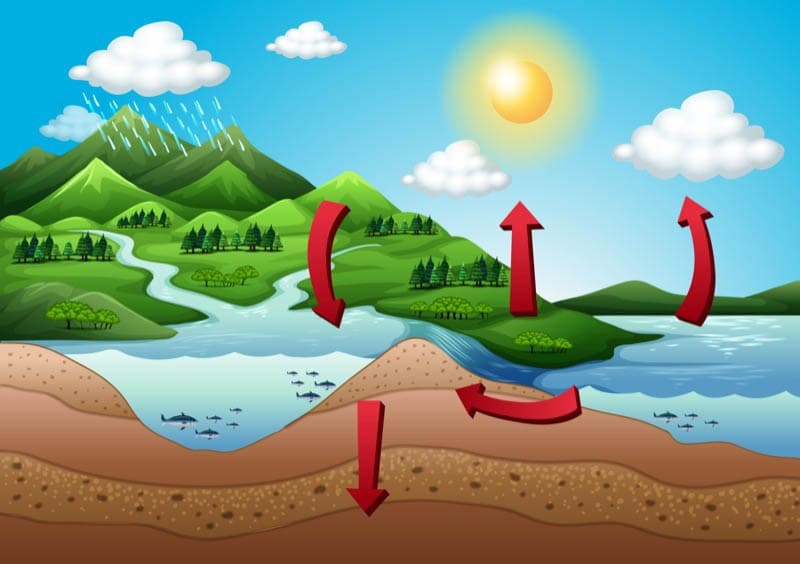
Slower snowmelt reduces available drinking water
“As the climate warms, there is actually a slower snowmelt – both in timing and rates, which makes for a less efficient streamflow,” Adrian Harpold, ecohydrologist at the University of Nevada, Reno said. Harpold, who initiated the study two years ago at the University of Colorado Boulder, is a co-author of the paper published in AGU publications Geophysical Research Letters.
“I know, it’s counterintuitive, but with a warming climate snowmelt starts sooner in the season, and at a slower rate because the warming occurs earlier when days are shorter and we have less sunlight,” he said. “What makes runoff less efficient is that slower snowmelt reduces the amount of moisture being pushed deep into the subsurface where it is less likely to evaporate” Slower snowmelt reduces available drinking water also causing a lot more damage for the agriculture too.
Higher snow melt rates can develop a pressure gradient that forces moisture deeper into the ground. With lower snow melt rates less water leaves the subsurface where the root systems of trees, bushes and grasses can access the water, which increases the amount of evapotranspiration into the atmosphere.
“It’s ubiquitous in the western U.S.; the trends are consistent to all mountain ranges across the West,” Harpold said.
Harpold, who’s Nevada Mountain Ecohydrology Lab is based in the College of Agriculture, Biotechnology and Natural Resources, continued to work with the team from CU Boulder after coming to the University of Nevada, Reno.
The researchers used an exclusive modeling system to study the effects of slower snowmelt across various regions of the western United States including the Cascade range, the Sierra Nevada range, the Wasatch range and the Rocky Mountains. All of these areas see significant seasonal snow accumulation and generate water resources for downstream communities.
“Theo did the heavy lifting with the interpretation of the results and the writing of the paper,” Harpold said of lead author of the study Theodore Barnhart, a graduate researcher at the Institute for Arctic and Alpine Research at CU Boulder.
“Of all the regions we studied, streamflow from Colorado’s Rocky Mountains is most sensitive to a change in snowmelt,” Barnhart said. “This analysis suggests that all of the regions studied will experience a decrease in streamflow with a decrease in snowmelt rate, with some regions exhibiting more streamflow sensitivity than others.”
“The Sierra is affected similarly and, besides the Truckee River basin, Northern California will feel an impact from the reduced and early streamflows,” Harpold said. “The snowpack in the Sierra is one massive reservoir that our communities, forests and river environments have come to rely on.
“Given that 60 million people in the western U.S. depend on snowmelt for their water supply, the future decline in snowmelt-derived streamflow may place additional stress on over-allocated water supplies,” said Noah Molotch the director of the Center for Water Earth Science & Technology CWEST in the CU Boulder Department of Geography and also a co-author of the paper.
###
Additional co-authors of the study “Snowmelt rate dictates streamflow” are, from CU Boulder, Ben Livneh, John Knowles and Dominik Schneider. The study was funded through the National Science Foundation with additional assistance from the U.S. Department of Agriculture and a NASA Earth and Space Science Fellowship.
Harpold’s interests are in understanding the fate and transport of water, energy, and biogeochemical solutes at the landscape scale through improved understanding of ecohydrologically mediated processes. His research threads between basic and applied science. He received his doctorate from Cornell University and his masters and batchelors from Virginia Tech. He spent time as a post-doctoral researcher at the University of Colorado and the University of Arizona.












